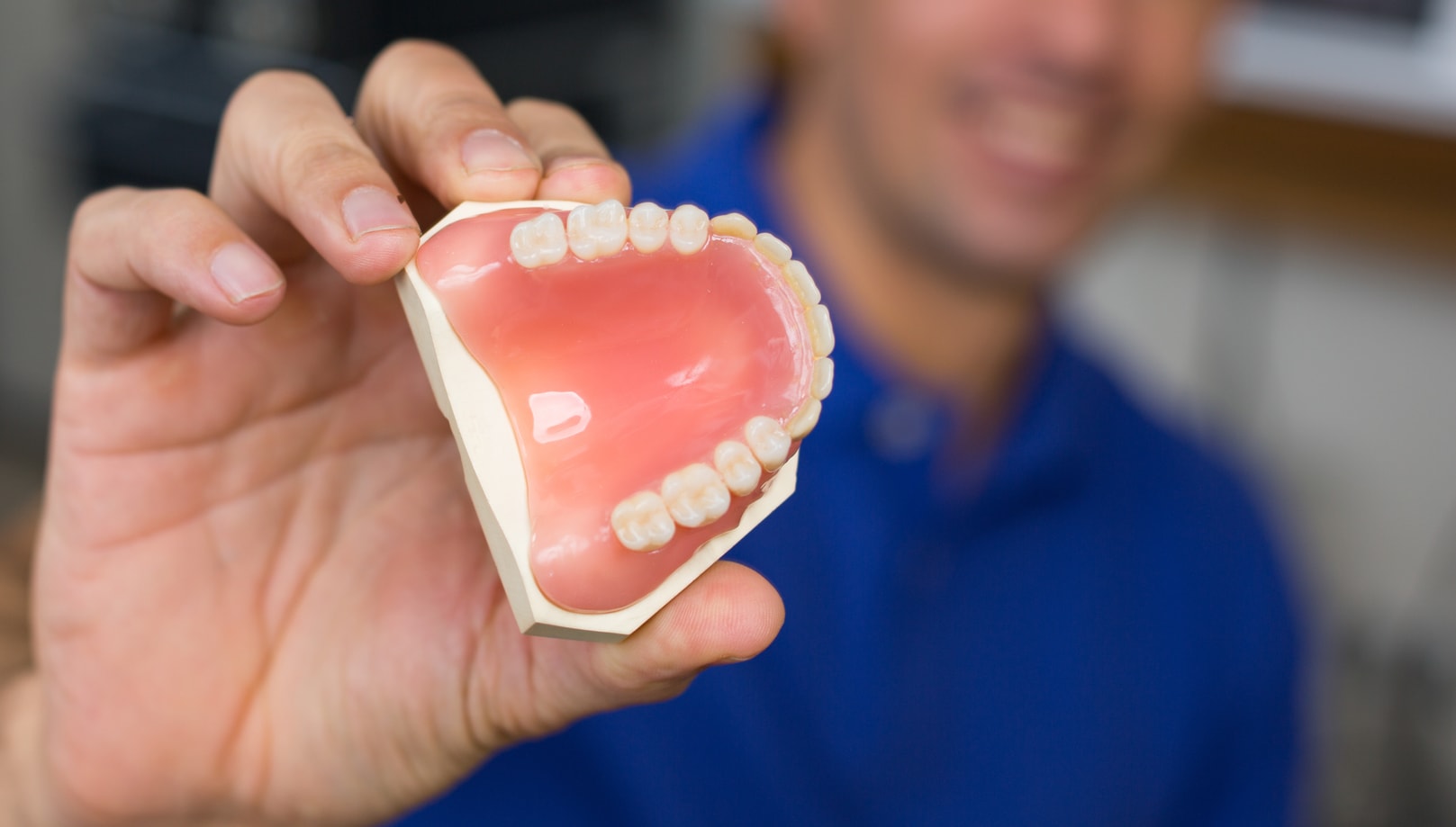

There are three different types of laboratory processed restorations that are placed on teeth. One goes in the tooth, the second one goes on the tooth, and the third one goes on and around the whole tooth. An inlay sits in the tooth while an onlay covers all the edges of the tooth and comes down halfway down to the gum line. There is also a crown which covers the whole tooth down to the gum line.
With an inlay or an onlay, the tooth is reshaped on the top surface and sometimes down the sides. Then an impression is taken and the restoration fabricated. This is followed by cementation onto the tooth. Both inlays and onlays are solid restorations either of gold or porcelain that leave good healthy teeth intact. When a dentist can be conservative in the reshaping (preparation) process, then the tooth and the patient are better off.
Dentists do not do many inlays anymore. Posterior composite bonding materials have become so popular that where doctors once placed an inlay, regular composite bonding material is now used. The design of the preparation is similar too, making it more convenient to do bonding. Further it is just as effective long term as well as less costly for the patient.
There is a procedure called the “veneerlay” which is a veneer on the outside that onlays on the biting surface on the inside. It is a modification of the onlay concept to include a veneer. A veneer treats the outside layer which is the aesthetic component (what people see). The onlay treats the part of the tooth that people use to chew. This method is ideal in smile design cases.
Onlays are generally placed on teeth that have a large filling or a crack in it. A tooth that has more than 50% filling or is worn down, cracked, chipped, or broken in some way is a good candidate for an onlay. This restoration will help to salvage the tooth. An onlay is like a crown - it holds the tooth together.
An ideal candidate for an inlay, would be a patient with a small filling or simple crack. However, as mentioned earlier, they are not done as much anymore. Posterior composite material can be used just as easily in that situation.
When it comes to inlays, one big limitation is cost effectiveness over the long haul. It is less costly to do bonding now.
Both inlays and onlays take two appointments to complete the process. Patients have to wear provisional or temporary onlays before the finished product is ready. It takes the lab one to two weeks to make the new restoration.
The main difference between inlays and onlays is that more of the tooth has to be prepared and cut into in the case of an onlay. This is true for gold and porcelain inlays or onlays.
Onlays generally do not come off because they are bonded in with the newer cements. Porcelain onlays can however break from biting on something too hard or the wrong way. Gold onlays do not fracture but they do wear down and can wear through. The dentist needs to make sure there is enough thickness of porcelain or gold for a patient’s bite. A good dentist can create onlays that are comfortable, long lasting, and invisible for the patient.
The recovery time is often the length of time the Novocaine lasts. The patient might be a little sore that night as well as have some aching in the jaw but they should be fine the next day. If there is any sensitivity upon biting, a visit to the dentist might be needed to do a final adjustment of the bite, especially after the Novocaine has worn off.
The dentist needs to make sure that the bite is calibrated so there are no extra forces on the teeth. The patient has to be able to move their jaw from side to side with the teeth moving on each other with no extra sideways forces placed on the teeth. The patient also has to practice good brushing and flossing, therefore it is vital that every patient knows how to floss around the newly restored tooth and how to brush it properly.
Onlays can generally last anywhere between 10 and 20 years; sometimes even longer.
Onlays and inlays are a more conservative lab fabricated restoration for a tooth than a crown. Being more conservative, healthier tooth is left unprepared. That is a good thing for the tooth. The decision of whether an onlay or inlay is better for a patient is best determined by an experienced dentist. Patients should undergo a thorough examination before making a final decision on how to treat their teeth.
Written by Cosmetic Town Editorial Team - MA
Based on an exclusive interview with N. Summer Lerch, DDS, FAGD, AAACD, in New Haven, CT